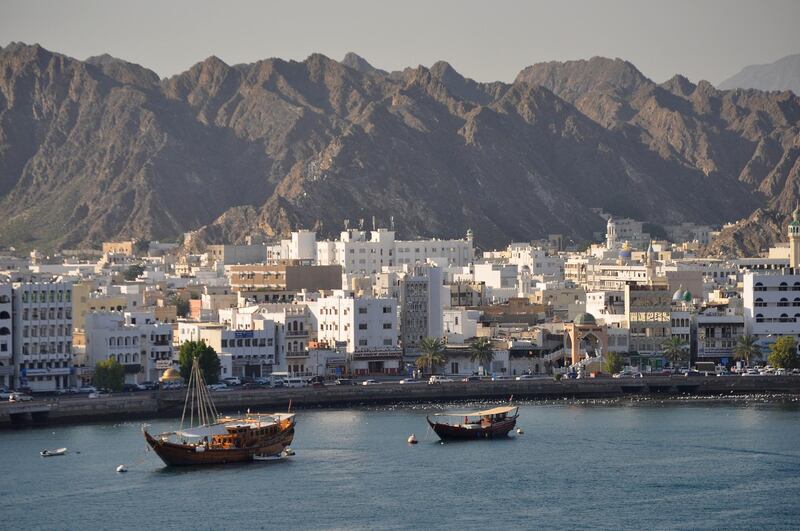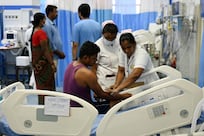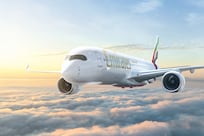Decision makers in the Middle East can reshape the long-term economic landscape of the region through economic integration over the next three to five years, capturing trade flows and attracting foreign direct investments, global management consultancy AT Kearney said.
“This is a finite window with a time limit. The choices made now will really extend influence even more than they usually would into the long term,” Rudolph Lohmeyer, AT Kearney’s think-tank Global Business Policy Council vice president, said at a media briefing in Dubai.
“It’s a very favourable window, a very attractive set of circumstances. However, there are no easy fixes …. and on the contrary the hard day-to-day work on reform is going to be crucial.”
AT Kearney also launched The National Transformations Institute, an arm of its GBPC to help policymakers in the region navigate increasingly complex dynamics shaping regional development. The institute will provide consultancy services to government and business clients to adjust and harness changing economic, geopolitical, social, technological and resource trends.
Mr Lohmeyer, who heads the Dubai-based institute, said the landscape that lies beyond the five-year time horizon is very different from the existing scenario. In addition to energy market dynamics and the traditional macro-economic variables, four key factors – trade flows through the region, regional economic integration, foreign direct investments and increase in productivity and reduction in public wage bill – will determine how the Middle East fares in the longer term.
_______________
Read more:
[ Saudi-Iraqi trade to reach 23 billion Saudi Riyals within 10 years ]
UAE and Gulf states pledge billions for Iraq
_______________
Most of the hydrocarbon-dependent economies in the wider region, especially those in the six-member of GCC, which accounts for about a third of the world's proven oil reserves, have embarked on a transformation journey in the wake of the three-year oil price slump. The governments are increasingly trying to develop alternative revenue lines and attract FDI to kick-start growth.
Economic integration, at least within the Arabian Gulf, is also high on the agenda, however, geopolitical tensions within the region have marred the efforts in the recent past.
The GBPC projects global growth will accelerate from 2.9 per cent in 2017 to 3.1 per cent this year, and it will average 2.9 per cent growth annually through to 2022. Erik Peterson, the council's managing director, is bullish on the economic growth prospects of the Middle Easte and North Africa.
“In Mena, our views are positive, we see there is significant economic rebound through the forecast period,” he said of the economic trajectory through to 2022, adding that oil prices have stabilised and there’s an upswing in the metal and other commodities.
"This for us implies significant growth potential for the short term."







